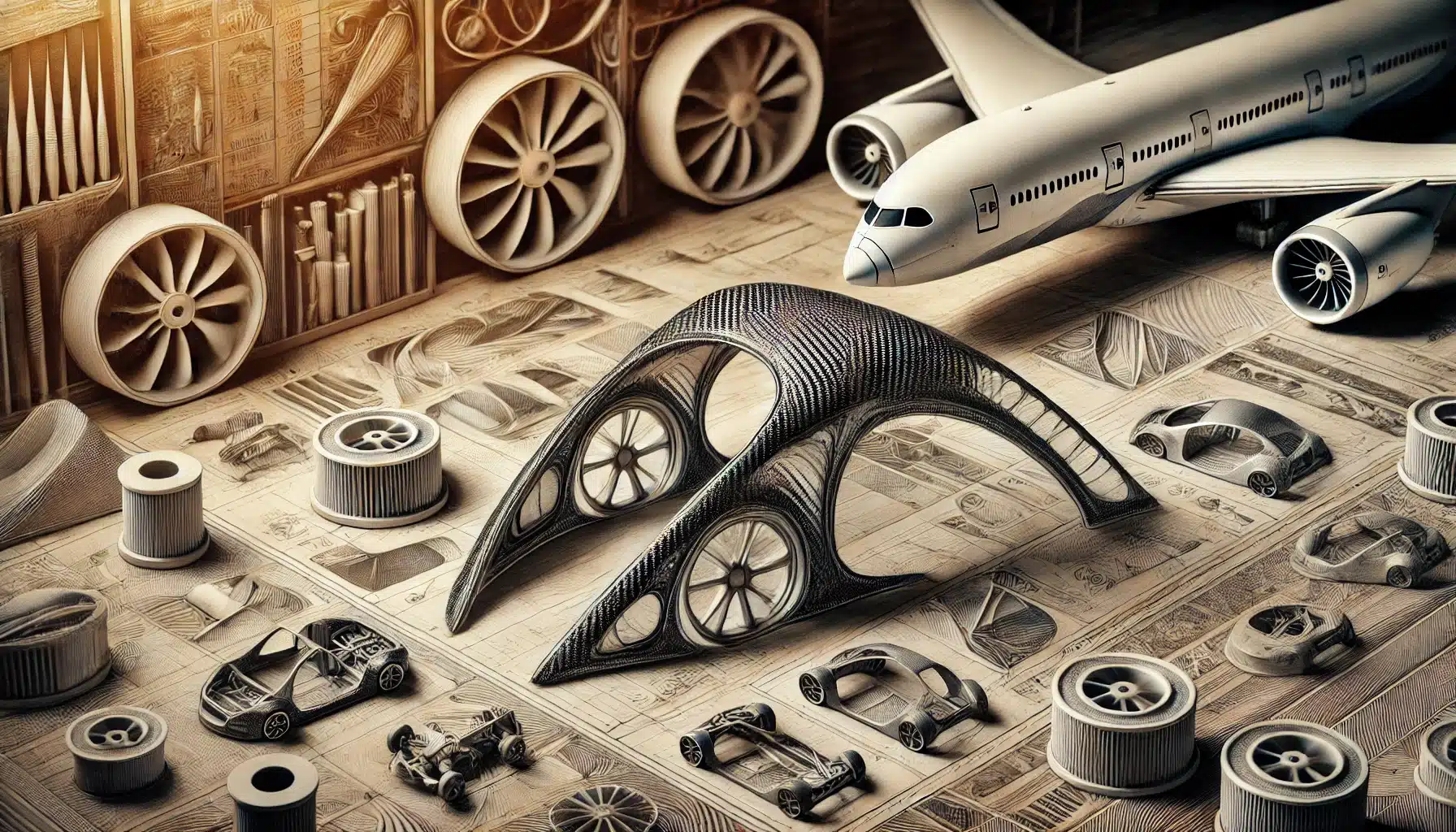Introduction to Air Tech Small Fairings
Air Tech Small Fairings revolutionized the automobile and motorsport industries by making them aerodynamically more efficient. They are necessary in minimizing air drag and boosting speed in motorbikes, bikes, and even airplanes.
The Science Behind Air Tech Small Fairings
Understanding Aerodynamics
Aerodynamics involves the study of air flowing around bodies. The more Smooth the body, the less drag it will have to endure, and the faster it will perform.
Role of Fairings in Reducing Drag
Fairings help smooth out airflow, preventing turbulence and reducing drag. This leads to increased speed and better fuel economy.
Benefits of Air Tech Small Fairings
Better Fuel Efficiency
Less drag means engines have less work to do, which saves fuel.
Enhanced Speed & Stability
By reducing air resistance, vehicles can go faster without losing stability.
Reduced Environmental Impact
Less fuel burned means fewer emissions, so fairings are a green solution.
Types of Air Tech Small Fairings
Motorcycle Fairings
Designed to improve speed and protect riders from wind resistance.
Bicycle Fairings
Used in competitive cycling to maximize speed and minimize fatigue.
Automotive Fairings
Applied to race cars and commercial vehicles for enhanced performance.
Installation Process & Best Practices
Step-by-Step Guide
- Choose the right fairing for your vehicle.
- Secure all mounting points properly.
- Check for aerodynamic alignment.
Common Mistakes to Avoid
- Installing improperly, leading to instability.
- Choosing the wrong material for specific applications.
Industry Applications & Real-World Use Cases
Motorsports & Racing
Fairings play a crucial role in reducing lap times and improving safety.
Commercial & Freight Vehicles
Trucks and trailers benefit from fairings through fuel savings and efficiency.
Aviation & Aerospace
Aircraft use fairings to improve lift and reduce drag.
Comparing Air Tech Small Fairings with Traditional Fairings
Air Tech Small Fairings utilize advanced composite materials such as carbon fiber and ABS plastic, making them significantly lighter and more durable compared to traditional fairings made from metal or basic plastic. This ensures better aerodynamic performance while reducing overall vehicle weight.
Cost-Effectiveness
While Air Tech Small Fairings may have a higher initial investment, they offer long-term cost benefits. Reduced drag leads to lower fuel consumption, and their durability means fewer replacements and maintenance costs compared to traditional fairings, which can degrade faster due to weather exposure and wear.
Performance Analysis
In comparative testing, Air Tech Small Fairings have demonstrated superior aerodynamic efficiency. They reduce turbulence and wind resistance more effectively, leading to improved speed, handling, and fuel economy. Traditional fairings, while functional, often lack the refined aerodynamics and lightweight properties of their Air Tech counterparts, making them less optimal for high-performance applications.
How to Choose the Right Air Tech Small Fairings
Factors to Consider
- Vehicle type
- Material durability
- Budget constraints
Budget vs. Performance
Higher-end fairings offer better performance but come at a premium.
Compatibility with Vehicle
Ensuring proper fitment is essential for optimal results.
Maintenance & Durability
Cleaning & Care Tips
Regular cleaning prevents dirt build-up that can affect aerodynamics.
Lifespan & Replacement Guidelines
Most fairings last 5-10 years with proper maintenance.
Customer Reviews & Testimonials
Success Stories
Many professional racers swear by Air Tech Small Fairings for improved performance.
Common Feedback
Users report noticeable fuel savings and increased stability.
Future Innovations in Air Tech Small Fairings
Emerging Technologies
Integration with smart sensors for real-time aerodynamic adjustments.
Potential Market Trends
Increasing demand for energy-efficient transportation solutions.
Conclusion
Air Tech Small Fairings are a transformative approach for improving vehicle performance, efficiency, and sustainability. Whether for racing or daily use, they offer undeniable advantages in aerodynamics and fuel economy.
(FAQs) Air Tech Small Fairings
- Do fairings improve fuel efficiency?
- Yes, by reducing drag, they lower fuel consumption.
- Are they difficult to install?
- Most fairings come with easy-to-follow installation guides.
- Do they fit all vehicle types?
- They are designed for specific models, so compatibility must be checked.
- How much do they cost?
- Prices vary depending on material and design but range from $100-$1,000.
- Can they be customized?
- Yes, many manufacturers offer custom fairings.
- What materials are best for fairings?
- Carbon fiber and ABS plastic are popular choices for durability and lightweight properties.


1 thought on “Air Tech Small Fairings: Game-Changer for Speed & Efficiency”